Diseases and Conditions › Cancers › One-Third of Cancer Deaths Could Be Avoided
Of the seven million worldwide cancer deaths reported in 2001, 35 percent were attributable to nine well-known behavioral and environmental risk factors, according to an analysis published in The Lancet.
Researchers from the Harvard School of Public Health (HSPH) and a network of collaborators made the calculation by estimating mortality for 12 types of cancer linked to the nine risk factors in seven World Bank regions for that year.
They also looked at how the risks, and the cancers they cause, were distributed over the regions of the world. This is the first assessment of the role of health risks in
cancer deaths globally and regionally.
Risk Factor Analysis
The researchers analyzed data from the Comparative Risk Assessment project and World Health Organization databases to determine the level of risk factors in different world regions, and separately for men and women.
They also considered how hazardous each risk factor might be. The analysis covered all high-income countries together, and separated low-income and middle-income
countries into geographical regions:
The nine risk factors:
- overweight and obesity
- low fruit and vegetable intake
- physical inactivity
- smoking
- alcohol use
- unsafe sex
- urban air pollution
- indoor smoke from household use of coal
- contaminated injections in healthcare settings
Alcohol, Smoking Play Large Roles
More than one in every three of the seven million deaths from cancer worldwide were caused by these nine potentially modifiable risk factors (2.43 million), the researchers
found, with alcohol and smoking playing large roles in all income levels and regions.
Worldwide, the nine risk factors caused 1.6 million cancer deaths among men and 830,000 among women. Smoking alone is estimated to have caused 21 percent of deaths from cancer worldwide.
In high-income countries, these nine risks caused 760,000 cancer deaths. Smoking, alcohol, and overweight and obesity were the most important causes of cancer in these nations.
In low- and middle-income regions, the nine risks caused 1.67 million cancer deaths. Smoking, alcohol consumption, and low fruit and vegetable intake were the leading risk factors for these deaths.
Sexual transmission of human papillomavirus is the leading risk factor for cervical cancer in women in low- and middle-income countries, particularly in Sub-Saharan Africa and
limited.
Among low- and middle-income regions,
The effects were even larger among men; one half of cancer deaths among men in the low- and middle-income countries of
Behaviors and Environments
"These results clearly show that many globally important types of cancer are preventable by changes in lifestyle behaviors and environmental interventions," comments Majid Ezzati, senior author of the study and assistant professor of international health at HSPH.
"To win the war against cancer, we must focus not just on advances in biomedical technologies, but also on technologies and policies that change the behaviors and
environments that cause those cancers," he adds.
The study, "Causes of cancer in the world: comparative risk assessment of nine behavioral and environmental risk factors," was funded by the National Institute on Aging and by the Disease Control Priorities Project.
Article Source: http://www.article-matrix.com
Article By: Rita Jenkins
Robotic Surgery for Prostatectomy - A great Success
Get all the Information about Prostate Cancer Treatment
The Limited World of Illness: Why Coping Mechanisms Are Important
Uterine tumours, now controlled by the morning after pill
How To Manage When A Health Crisis Hits!
Help To Overcome Fears About Surgery And To Recover Quickly Afterwards
The healing power of the golden spice Curcumin
how does the body maintain blood pressure
maintaining blood pressure
how the body maintains blood pressure
effects of CHD
how is diabetes treated
how does the body respond to high blood pressure
introduction of diabetes mellitus
how does the heart maintain blood pressure
how does body maintain blood pressure
understanding heart rate
how is blood pressure maintained
how does the body maintain normal blood pressure
how body maintains blood pressure
how long can you live with mesothelioma
introduction to diabetes mellitus
50 ways to love your liver
otolam
what maintains blood pressure
does the heart maintain blood pressure
Compare the homeostatic mechanisms that maintain normal blood pressure and heart rate
social effects of chd
signs of unhealthy eyes
Compare the homeostatic mechanisms that maintain normal blood pressure and heart rate
how to maintain blood pressure
unhealthy eyes
mechanisms that maintain blood pressure
does the heart help maintain blood pressure
mechanisms to maintain blood pressure
how do arteries aid in maintaining blood pressure
social impacts of CHD
Physiological mechanisms to maintain normal blood pressure
maintain blood pressure
how is blood pressure maintained in the body
describe the process by which the body maintains normal blood pressure
what maintains blood pressure in body
laser treatment for ear infections
how does your body maintain blood pressure
diabetes mellitus introduction
increase resistance decrease pressure
understanding your heart rate
otolam procedure
how to save eyesight
effects of CHD on health
osa ohs
how to keep a healthy prostate
what mechanisms maintain blood pressure
how the heart maintains blood pressure
how does our body maintain blood pressure
how do cataracts occur
diabetes mellitus 101
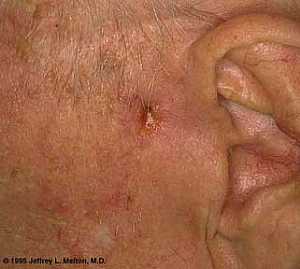 Basal Cell Carcinoma ("Rodent Ulcer" Type)
Basal Cell Carcinoma ("Rodent Ulcer" Type)
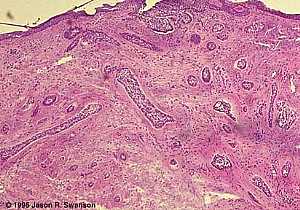 Basal Cell Carcinoma (Histology-Morpheaform Type)
Basal Cell Carcinoma (Histology-Morpheaform Type)
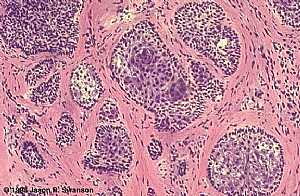 Basal Cell Carcinoma (Histology-Nodular Type - High power)
Basal Cell Carcinoma (Histology-Nodular Type - High power)
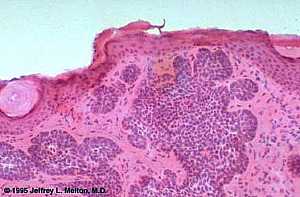 Basal Cell Carcinoma (Histology-Nodular Type- High power)
Basal Cell Carcinoma (Histology-Nodular Type- High power)
 Skin
Skin
 Nervous System -- Basic
Nervous System -- Basic
 Brain anatomy
Brain anatomy
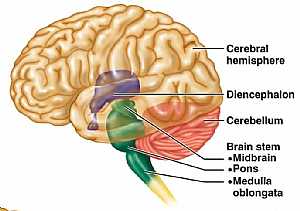 Brain anatomy
Brain anatomy
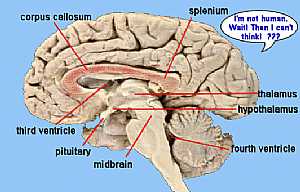 Brain anatomy
Brain anatomy
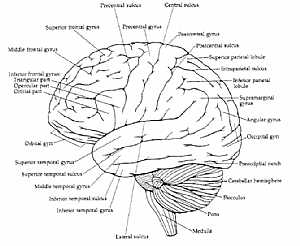 Brain anatomy
Brain anatomy
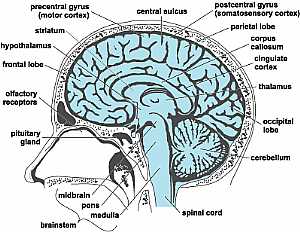 Head anatomy
Head anatomy
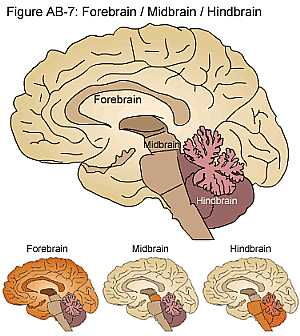 Brain anatomy
Brain anatomy
© Copyright 2001-2022 eDoctorOnline.com

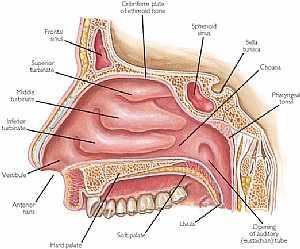 Nose anatomy
Nose anatomy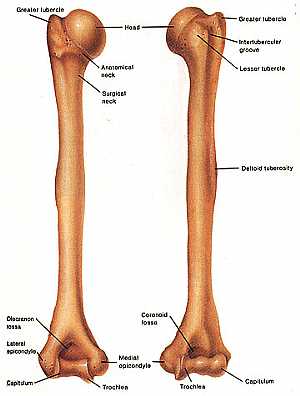 Humerus bone
Humerus bone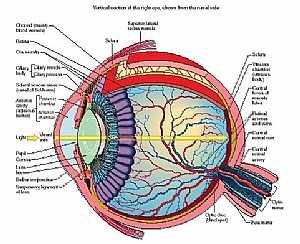 Eye anatomy
Eye anatomy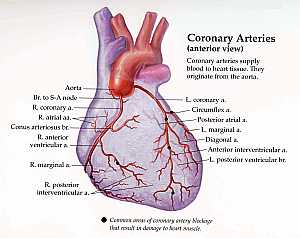 Coronary arteries anatomy
Coronary arteries anatomy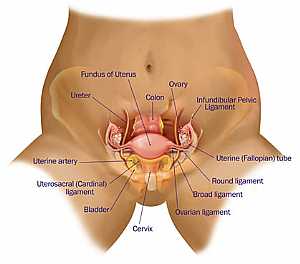 Female pelvic anatomy
Female pelvic anatomy Heart and lung anatomy
Heart and lung anatomy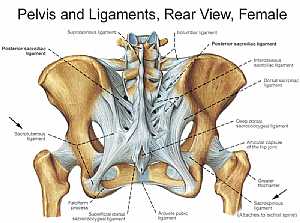 Bones and ligaments of the FEMALE Pelvis
Bones and ligaments of the FEMALE Pelvis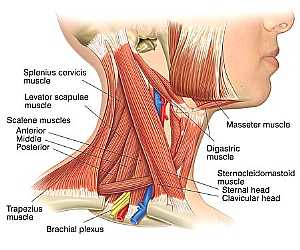 Neck Anatomy
Neck Anatomy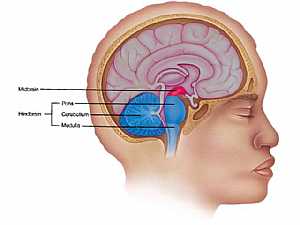 MidBrain anatomy
MidBrain anatomy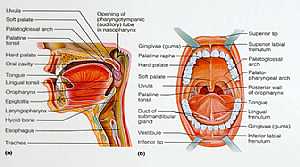 Oral Cavity
Oral Cavity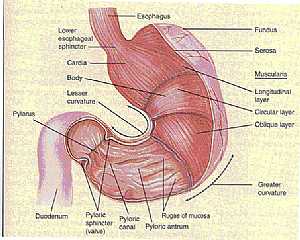 Stomach anatomy
Stomach anatomy Lung anatomy
Lung anatomy Basal Cell Carcinoma ("Rodent Ulcer" Type)
Basal Cell Carcinoma ("Rodent Ulcer" Type) Basal Cell Carcinoma (Histology-Morpheaform Type)
Basal Cell Carcinoma (Histology-Morpheaform Type) Basal Cell Carcinoma (Histology-Nodular Type - High power)
Basal Cell Carcinoma (Histology-Nodular Type - High power) Basal Cell Carcinoma (Histology-Nodular Type- High power)
Basal Cell Carcinoma (Histology-Nodular Type- High power) Skin
Skin Nervous System -- Basic
Nervous System -- Basic Brain anatomy
Brain anatomy Brain anatomy
Brain anatomy Brain anatomy
Brain anatomy Brain anatomy
Brain anatomy Head anatomy
Head anatomy Brain anatomy
Brain anatomy
Be the first one to comment on this article!